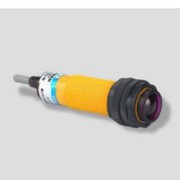What Is A Pendant Control Station?
Jul 06, 2024
A pendant control station is a device used in industrial settings to remotely control machinery or equipment. It consists of a handheld pendant (often called a pendant station) connected to the machinery by a flexible cable. The pendant station typically contains various control buttons, switches, or joysticks that operators use to start, stop, and control the operation of the equipment.
Key features of a pendant control station include:
Control Elements: These can include push buttons, toggle switches, selector switches, emergency stop buttons, and sometimes joysticks. Each control element is used to initiate specific actions such as starting or stopping the machinery, changing operational modes, or adjusting parameters.
Flexible Cable: The pendant station is connected to the machinery via a flexible cable that allows operators to move around the equipment while maintaining control. This cable is designed to withstand industrial environments and is often rugged and durable.
Safety Considerations: Pendant control stations are designed with safety in mind. They typically include emergency stop buttons that immediately halt equipment operation in case of emergencies. Some stations may also have protective features like key-operated switches to prevent unauthorized use.
Application Specific: Pendant control stations are used in a wide range of industries and applications where operators need to control machinery from a distance. Examples include overhead cranes, hoists, conveyor systems, and various types of automated manufacturing equipment.
Ease of Use: The design of pendant control stations emphasizes ergonomic handling, ensuring that operators can comfortably and intuitively operate the controls during extended periods.







